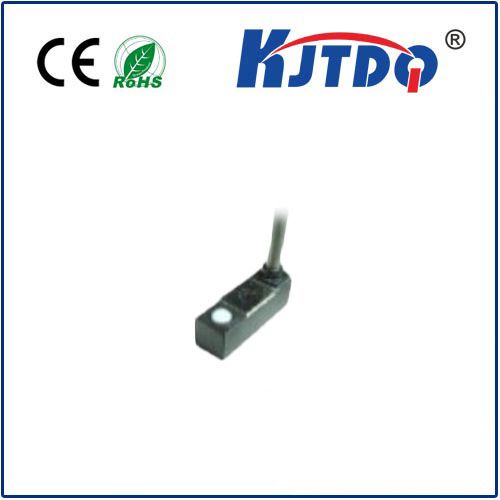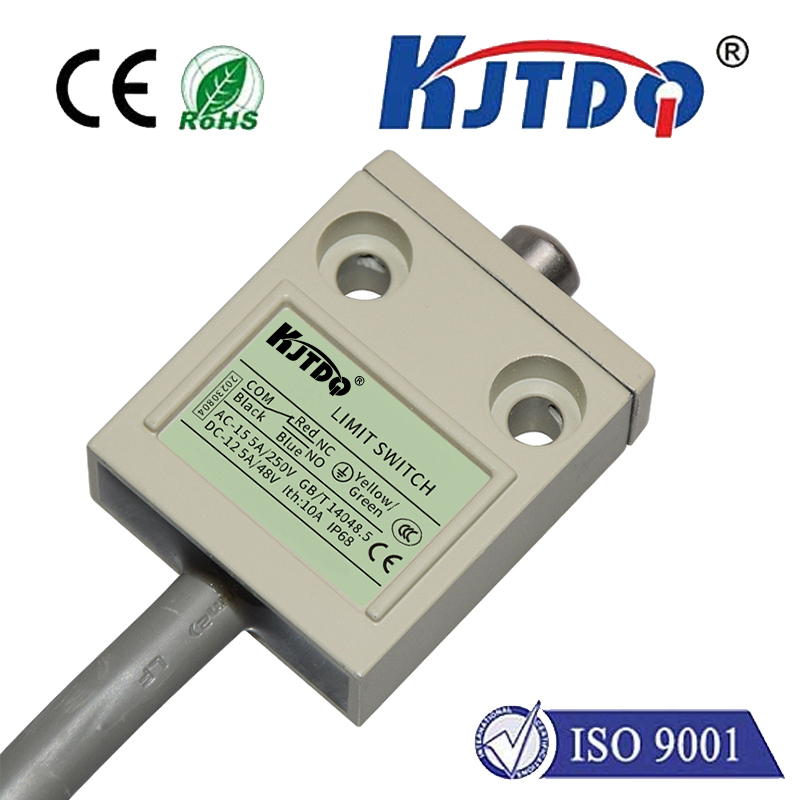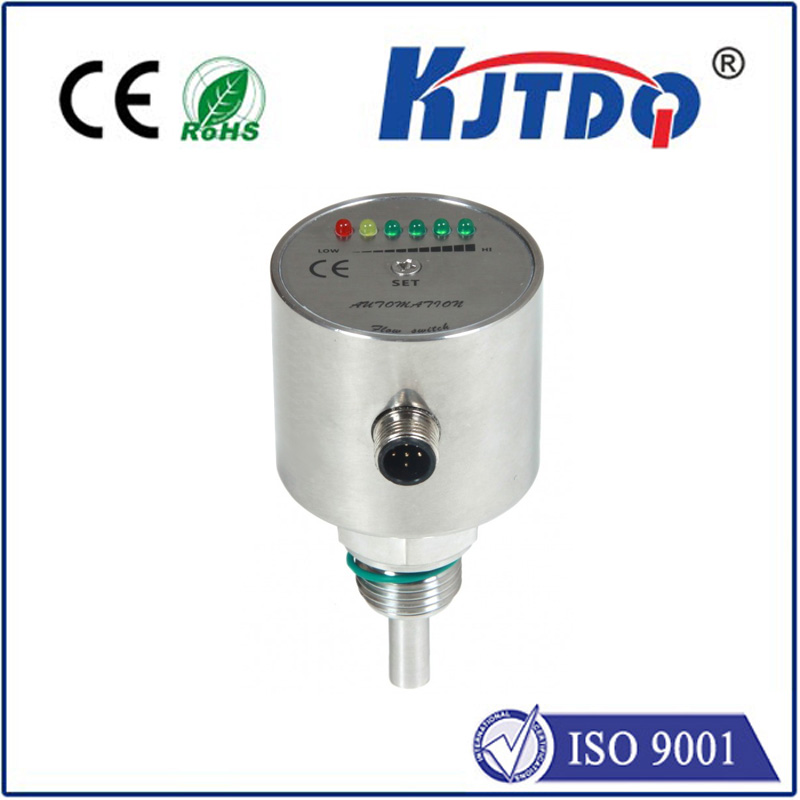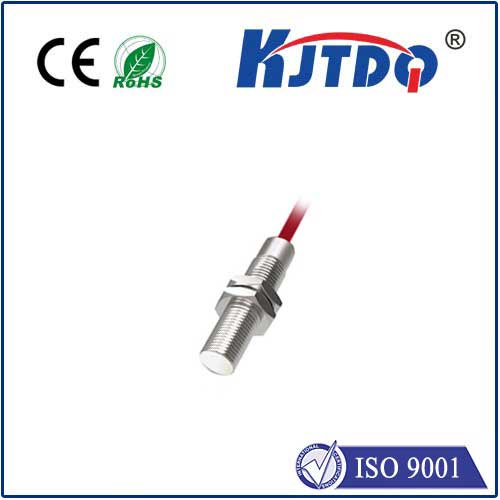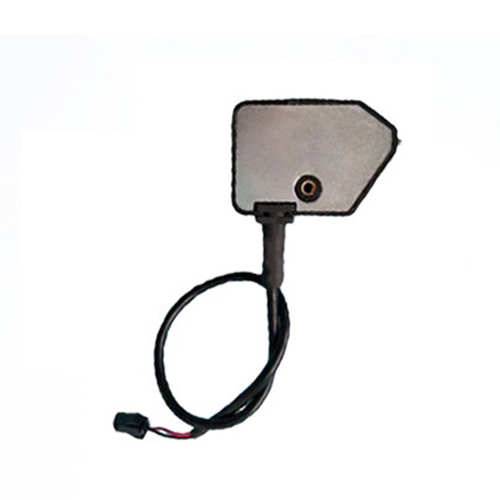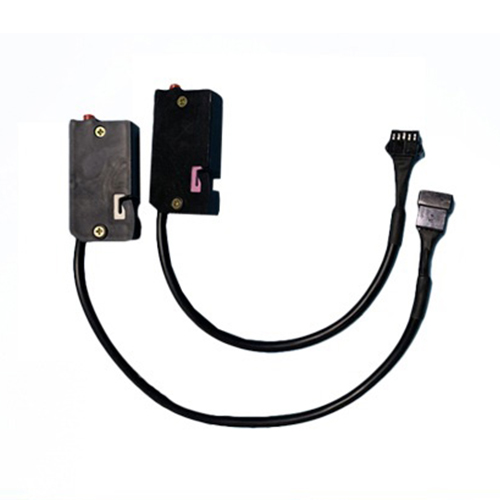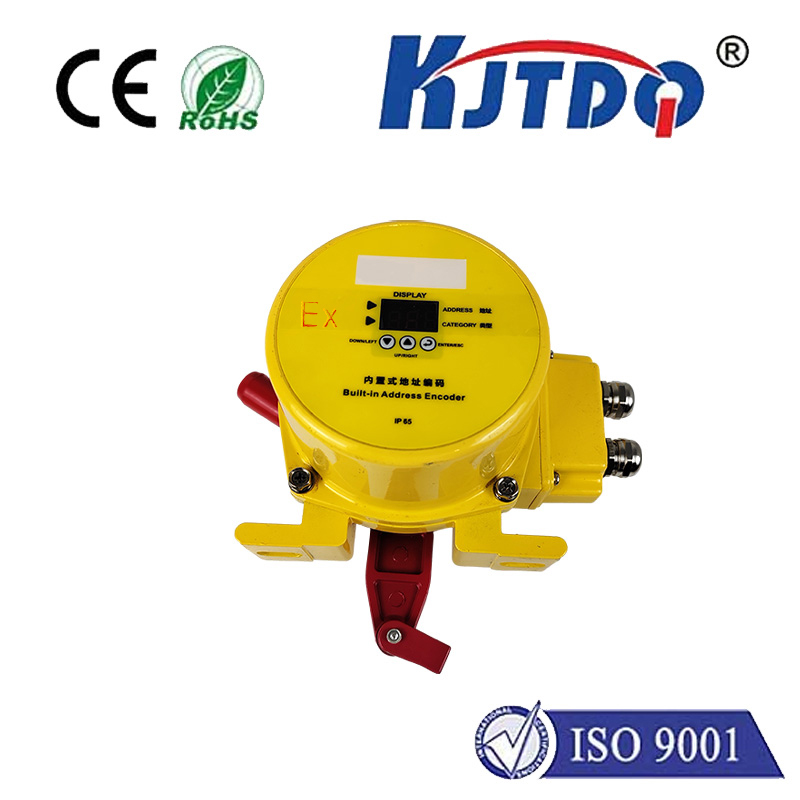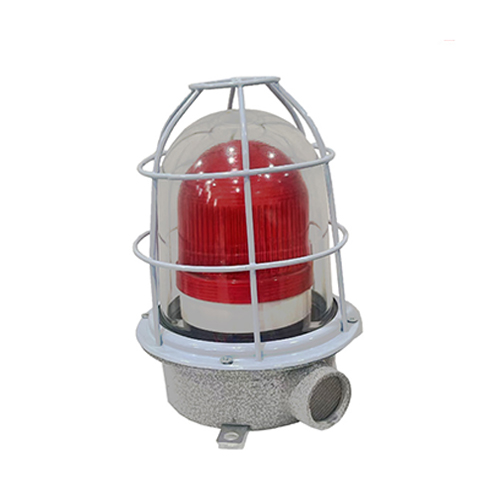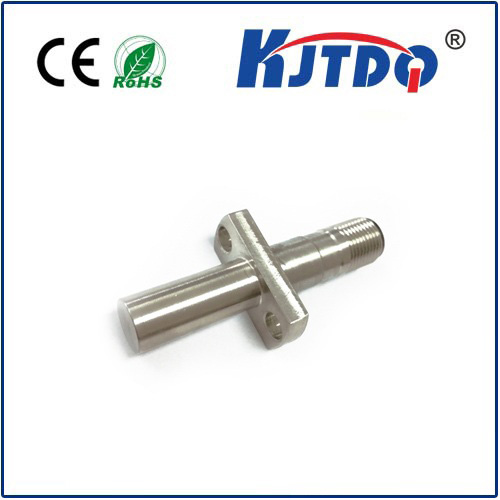

check

check

check

check

check

check

check

check

check

check
In today's fast-paced world, technology continues to evolve at an unprecedented pace, transforming the way we interact with each other and our environment. One such innovation that has gained widespread attention is the capacitive type proximity sensor, which is revolutionizing the way we connect and communicate with each other. With its ability to detect and measure distance, this sensor has found numerous applications in various industries, including transportation, healthcare, and consumer electronics.
The capacitive type proximity sensor works by using capacitance to determine the presence or absence of an object. When two objects are brought close together, they create a small electric field that causes the sensor to change its electrical resistance. This change in resistance can be measured using an algorithm to determine the distance between the objects.
One of the most significant advantages of capacitive type proximity sensors is their ability to operate silently, without any visible light or sound. This makes them ideal for use in environments where noise or visual disturbance could interfere with the functionality of other devices. Additionally, these sensors are highly sensitive and can detect even very slight variations in distance, making them ideal for applications where precision is critical.
In the automotive industry, capacitive type proximity sensors are widely used to detect when a driver is getting too close to another vehicle or obstacle. This technology not only helps prevent accidents but also allows for more efficient traffic flow and reduced fuel consumption. In healthcare settings, these sensors are used to monitor patient vital signs and alert medical staff when necessary. Similarly, in consumer electronics, capacitive type proximity sensors are used to enable touchless interaction with devices, such as mobile phones and laptops.
Despite their many advantages, capacitive type proximity sensors still face some challenges in terms of accuracy and reliability. However, ongoing research and development efforts are working to address these issues and improve the performance of these sensors. As technology continues to advance, it is clear that capacitive type proximity sensors will play a crucial role in shaping the future of communication and connectivity.

